Museum display cases are designed with various measures in mind
In order to ensure the safety of exhibits from potential threats and hazards, museum display cases are designed with various measures in mind.
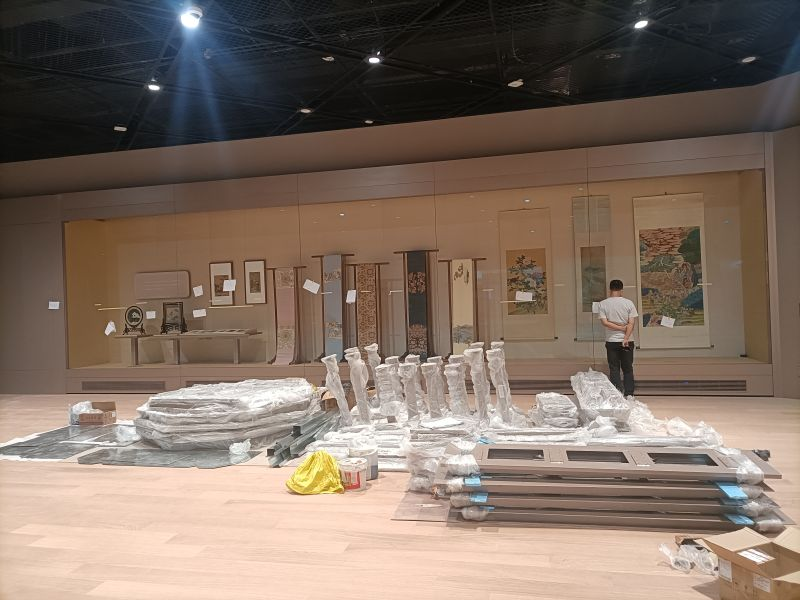
One important aspect is the selection of materials for the display cases. Non-toxic and pollution-free materials are chosen to prevent any harmful gas emissions that could potentially damage the artifacts. This ensures that the exhibits are kept in a safe and stable environment.
Fragile and vulnerable items, such as clay, ceramic, jade, and glass artifacts, require additional protection against vibrations. Display cases are designed with vibration prevention and damping measures to minimize the risk of damage from external shocks or movements.
For silk cultural relics, deoxygenation and preservation measures are implemented. This helps to create an environment with reduced oxygen levels, preventing the deterioration and discoloration of silk materials over time.
Display cases for organic cultural relics incorporate measures to prevent harmful light radiation. This can include UV filters or special lighting systems that emit minimal UV radiation, reducing the potential damage caused by prolonged exposure to light.
In terms of security, museum display cases are equipped with anti-theft features. They may be constructed using anti-theft glass or bulletproof glass along with related frames. Additionally, the display cabinets are installed with anti-theft locks to ensure the exhibits are securely protected. Common glass display cases are often equipped with alarm devices that monitor the artifacts inside the cabinet, alerting museum staff in the event of any unauthorized access or tampering.
By combining these measures, museum display cases aim to create a protective barrier around the exhibits, safeguarding them from potential threats such as theft, vibrations, harmful gases, and light radiation. These security and safety features play a crucial role in preserving the integrity and longevity of cultural relics on display.

Museum Showcase Excellence: How Relicase Brought Ancient Shu Treasures to 300,000+ Visitors
Over 300,000 Visitors!Ancient Treasures of Shu Shine in Hengqin: The Mystique of Sanxingdui and Jinsha Captivates Audiences The special exhibition Ancient Treasures of Shu: Sanxingdui and Jinsha attracted more than 300,000 visitors, including nearly 60,000 from Hong Kong, Macau, and Taiwan, making up almost 20% of the total audience. On April 24, the three-month exhibition…
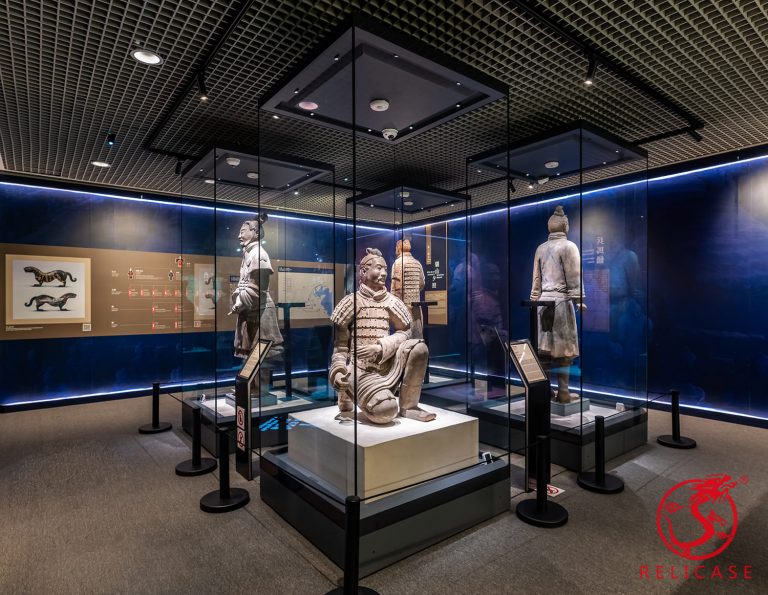
Relicase at Macau Museum: Safeguarding Heritage, Celebrating Legacy
Macau Museum: “Edification of the Masses — Cultural Treasures from the Zhou, Qin, Han, and Tang Dynasties” A Landmark Embraces Innovation The Macau Museum stands proudly atop the historic Mount Fortress, next to the famous Ruins of St. Paul’s. As an iconic symbol of Macau’s history and multicultural heritage, it now embraces the touch of…
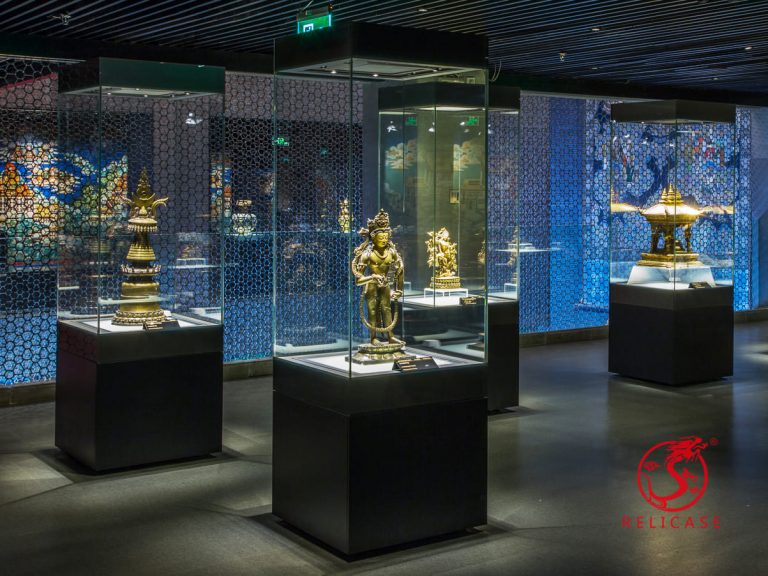
Potala Palace
Abstract On April 26, 2017, Relicase completed the showcase project for the Treasure Hall of the Potala Palace in Tibet. The Collections Hall spans three floors and is divided into two major sections, showcasing a total of 273 individual artifacts and replicas, as well as 155 sets of artifacts (or 159 sets, including 147 sets…
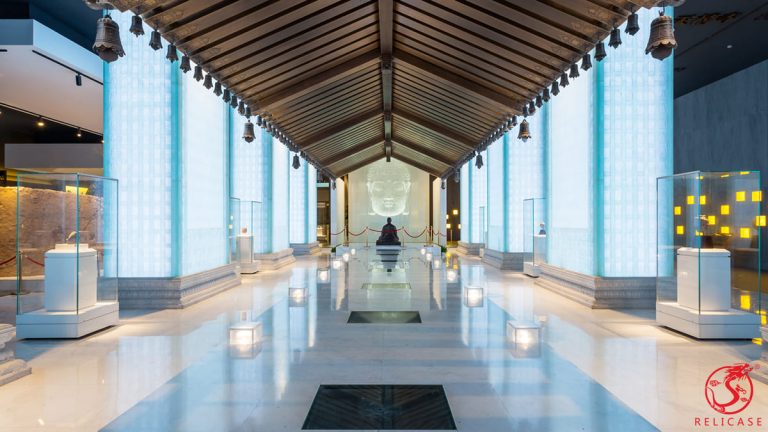
Porcelain Tower of Nanjing
Abstract The Porcelain Tower of Nanjing, named and constructed by Emperor Yongle of the Ming Dynasty to honor his parents’ boundless love and virtue, stands as a symbol of filial piety. Celebrated in Du Mu’s poetic lines, “Four hundred and eighty temples of the Southern Dynasties, how many pavilions linger in the mist and rain,”…
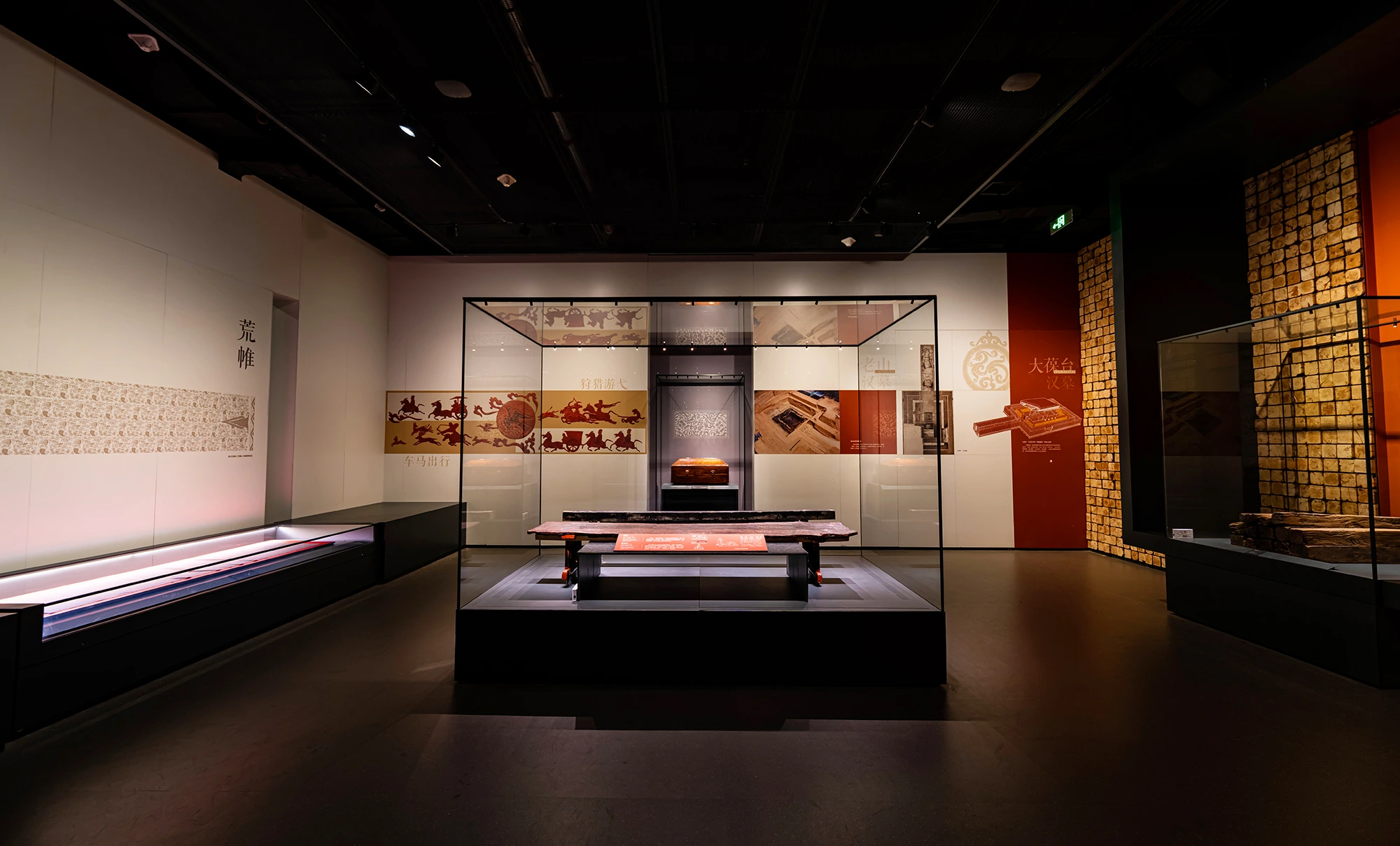
The basic guide to Museum Showcase Glass
As museums continue to modernize, the glass used in display cases has undergone a remarkable transformation to meet ever-evolving requirements for safety, visibility, and artifact preservation. The shift from basic transparent materials to specialized, high-performance glass highlights the strides made in exhibition technology. The Journey of Museum Showcase Glass Historically, glass in museum showcases was…

How to Design Lighting for Museum Display Cases
Museum display cases are freestanding, touchable structures. To comply with engineering safety standards, the lighting inside these cases should operate on low-voltage input. Relicase, in line with national standards, ensures the display cases they manufacture meet the following specifications: 1. Protective or isolating measures must be in place between the lighting fixtures and the display…
